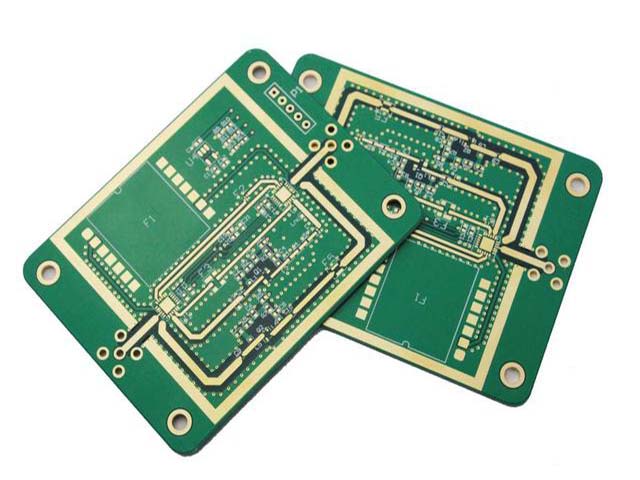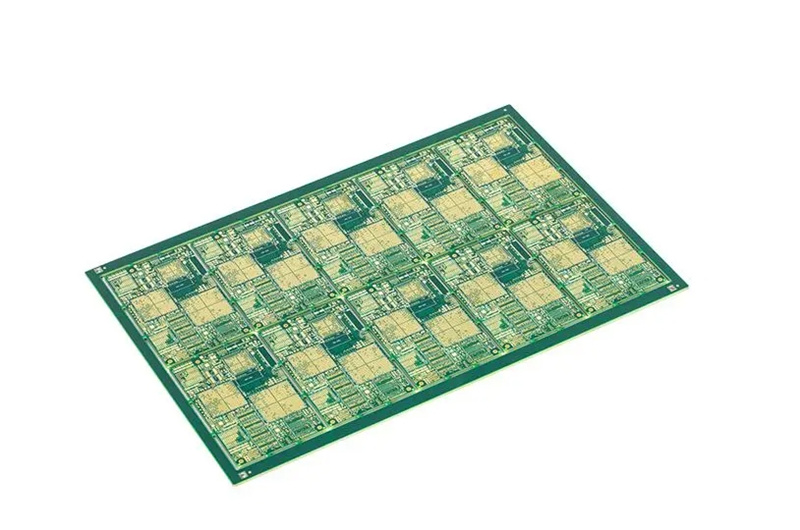A printed circuit board, or PCB, is a vital component in many electronic devices. It is a thin board made of fiberglass, composite material, or other insulating material, with copper tracks or traces etched onto its surface. These tracks provide a pathway for electrical current to flow between the various components of the device.
PCBs are used in a wide range of electronic devices, from smartphones and laptops to industrial machinery and medical devices. They are preferred over traditional wire-based circuits because they are more compact, lightweight, and reliable.
Use of PCBs in Medical Devices
Medical devices rely on electronic components to perform their functions, and PCBs play a crucial role in enabling the functionality of these devices. Some examples of medical devices that use PCBs include:
- Patient monitors: These devices are used to monitor a patient’s vital signs, such as heart rate, blood pressure, and oxygen levels. They often use PCBs to process and transmit the data collected by the sensors.
- Defibrillators: These devices are used to restore normal heart rhythm in patients experiencing a cardiac arrest. They use PCBs to control the delivery of electrical shocks to the heart.
- Dialysis machines: These devices are used to filter impurities from the blood of patients suffering from kidney failure. They use PCBs to control the flow of blood and the filtration process.
In addition to the above examples, PCBs are used in a wide range of other medical devices, such as ultrasound machines, X-ray machines, and insulin pumps.
The use of PCBs in medical devices offers several benefits. One of the main advantages is the compact size of PCBs, which allows for smaller and more portable medical devices. PCBs are also highly durable and reliable, which is important in the medical field where devices need to be able to withstand frequent use and handle sensitive data.
PCB Design Considerations for Medical Devices
The design of PCBs for medical devices is subject to stringent requirements and considerations. One of the main considerations is safety, as medical devices are used on or inside the human body and any malfunction could have serious consequences. To ensure safety, PCBs used in medical devices must meet regulatory standards such as ISO 13485 and IEC 60601.
Performance is another important consideration in the design of PCBs for medical devices. These devices are often required to perform complex tasks, and the PCBs must be able to support the necessary functions and processing power. Reliability is also critical, as medical devices need to be able to operate continuously without failing.
There are also specific challenges and considerations in designing PCBs for medical devices. For example, the handling of sensitive data such as patient information is a major concern. The PCBs must be designed with secure data transmission and storage in mind. In addition, medical devices often need to be able to operate in harsh environments, such as in hospitals or during transport, and the PCBs must be able to withstand these conditions.
To design PCBs that meet the requirements and challenges of the medical field, it is important to follow best practices such as thorough testing and prototyping, using high-quality materials, and working with experienced PCB design and manufacturing partners.
Conclusion
In conclusion, PCBs are an essential component of many medical devices, enabling their functionality and performance. The design of PCBs for medical devices requires careful consideration of safety, performance, reliability, and other factors. By following best practices and working with experienced partners, it is possible to create PCBs that meet the demanding requirements of the medical field.
Looking to the future, the use of PCBs in medical technology is likely to continue to grow and evolve as technology advances. With the increasing reliance on electronic devices in healthcare, PCBs will play an increasingly important role in enabling the development of new medical devices and improving patient care.
There are also ongoing efforts to improve the sustainability and environmental impact of PCBs in the medical field. For example, there is a trend towards the use of recycled materials in PCB manufacturing, as well as the development of more energy-efficient PCBs.
Overall, PCBs are a vital component of the medical technology landscape, and their use will continue to be essential in the development of new and innovative medical devices.





Leave a Reply
You must be logged in to post a comment.